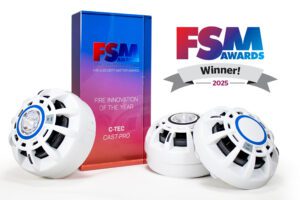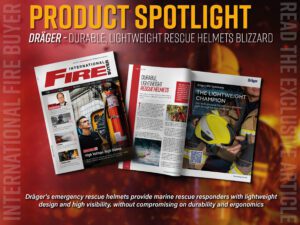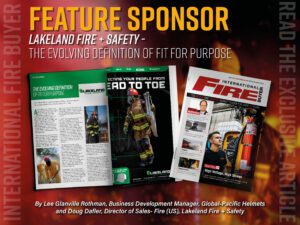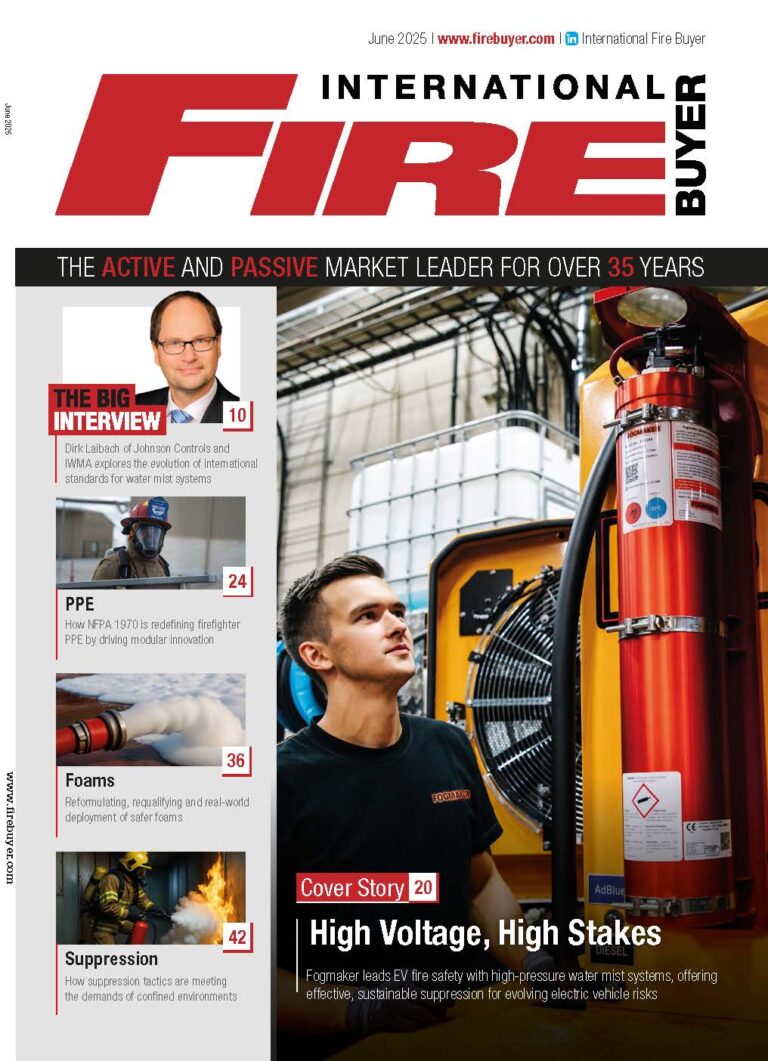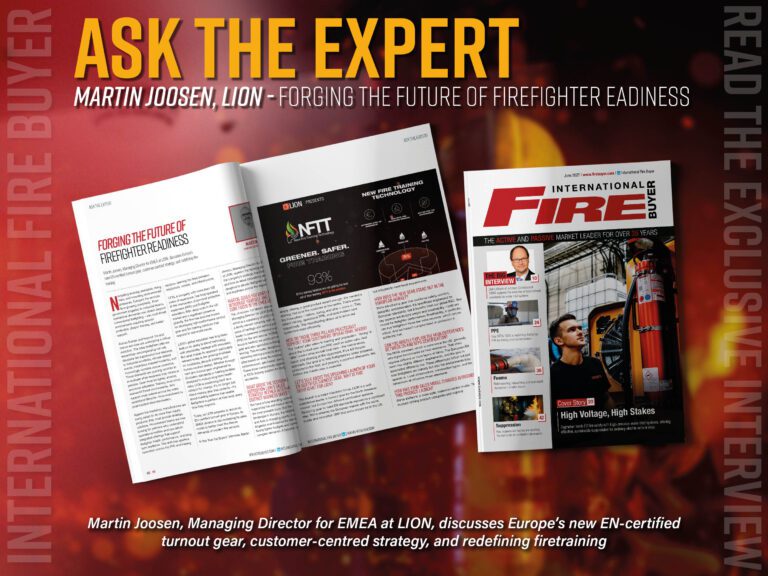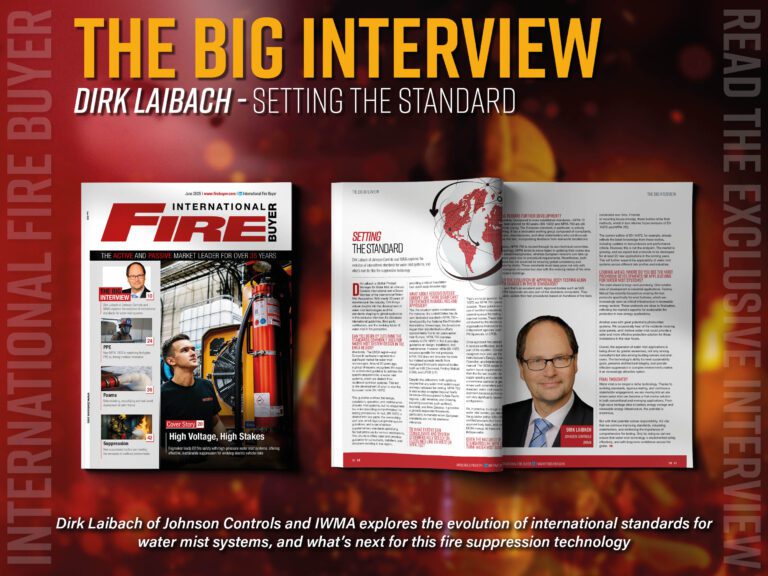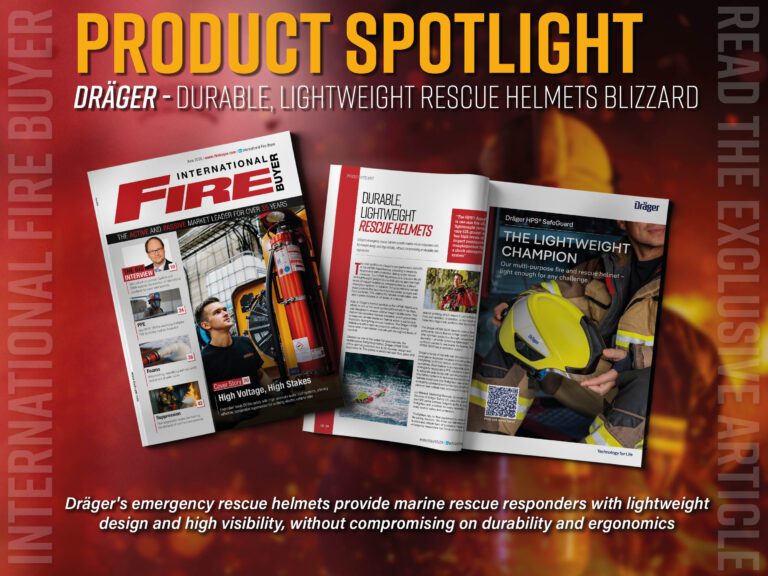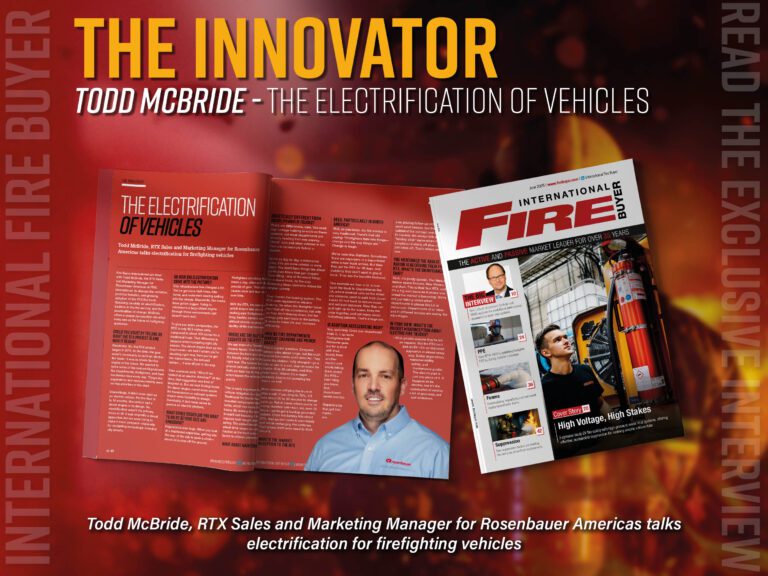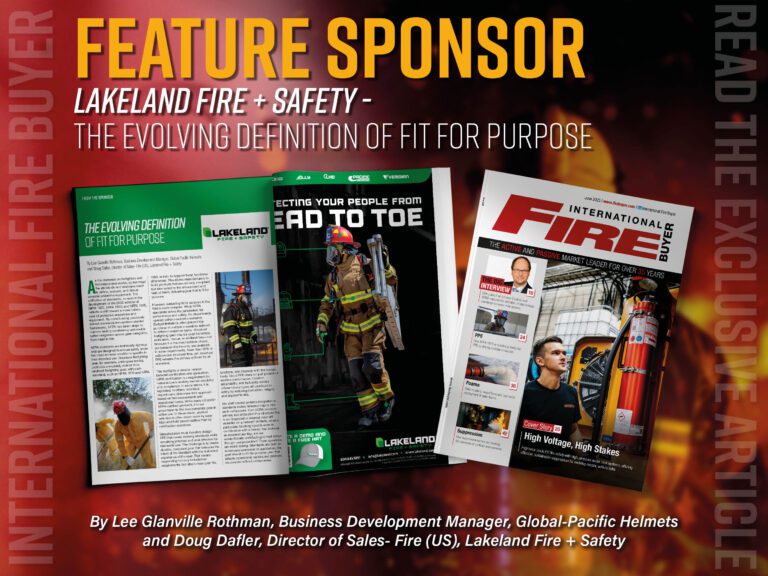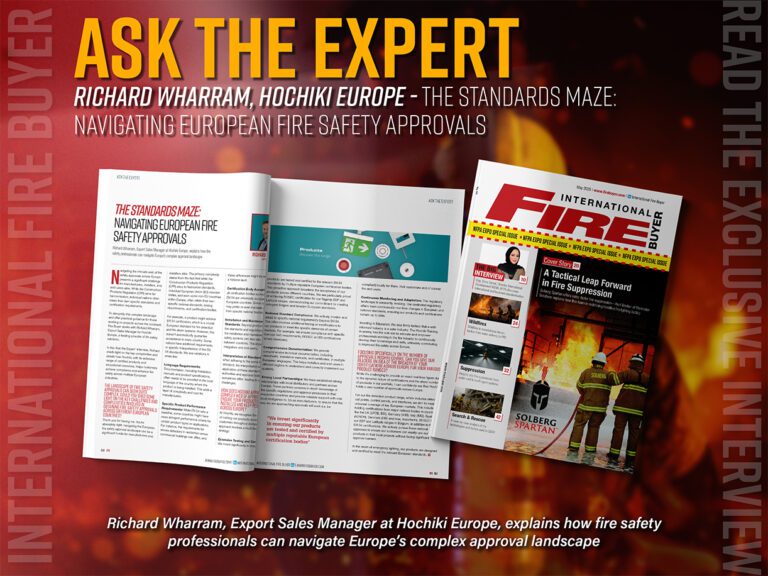International Fire Buyer takes you through the evolution, innovation and legislative practices of firefighting foams and their impact on the environment
There are many integral fire truck systems that provide lifesaving resources and tools at the scene of an emergency. Fire-fighting foam systems are one such system, designed to improve the fire-extinguishing capabilities of water, enhancing on-scene efficiencies and promoting water use reduction. Despite the growing use among departments globally, there is some confusion as to what foam systems can offer, when to use foam systems and the types of foam required for varying emergency response needs.
Today, Firefighters are faced with an increasing number of flammable liquid and hazardous vapour risks. From traffic accidents to industrial incidents, many situations can result in a flammable liquid or hazardous vapor occurrence. Fire-fighting foam is made up of a mass of small bubbles of lower density than most flammable liquids and water. Foam is a blanketing and cooling agent produced by mixing air into a foam solution that contains water and foam concentrate.
A foam system allows a specific amount of foam to be mixed with water through the fire apparatus pump mechanisms. Anytime water is used, a foam system can be activated to improve water’s effectiveness and help expedite firefighting capabilities.
In a structure fire, water is used to remove heat from the fire by absorbing the heat in the room and cooling the available fuel. However, rather than directly contributing to the cooling of fuel below the temperature required for sustained burning, a large portion of the water hits the floor after passing through the atmosphere.
Foam concentrate, combined with water and compressed air forms a fire extinguishing agent that greatly reduces surface tension compared to that of plain water, enabling the solution to penetrate burning fuels much faster and more efficiently.
Class ‘A’ foam is used for Class ‘A’ fires, which include solid combustibles such as paper, wood, cloth and some plastics. Many Class ‘A’ foams are environmentally friendly and biodegradable when used in appropriate quantities.
Class ‘A’ foam typically runs at 0.3%, 0.5% or 1%. These are the most effective percentages based upon the foam manufacturer’s recommendations; any other percentages are considered running the foam too lean, or too rich, and are not effective. The different percentages are directly related to the size and type of fire at an emergency scene, as well as the equipment being used to apply the water and foam.
Class ‘B’ foam is used for Class ‘B’ fires, which are fires that involve flammable liquids such as alcohol, ether, oil, gasoline or grease. Class ‘B’ fires are best extinguished by smothering or applying a blanket of Class ‘B’ foam, which is meant to float on the surface of burning fluid. When Class ‘B’ foams are sprayed with water, the foam rises to the surface to create a vapor barrier to cut off the fuel source. Class ‘B’ foams require special clean-up after a fire by state or federal authorities.
Class ‘B’ foam typically runs at 1%, 3% or 6%. These are the most effective percentages based upon the foam manufacturer’s recommendations. Much like Class ‘A’ foams, the percentages are directly related to the fire size and type as well as the equipment used.
To read more exclusive features and latest news please see our June issue here.
Media contact
Rebecca Morpeth Spayne,
Editor, International Fire Buyer
Tel: +44 (0) 1622 823 922
Email: [email protected]



